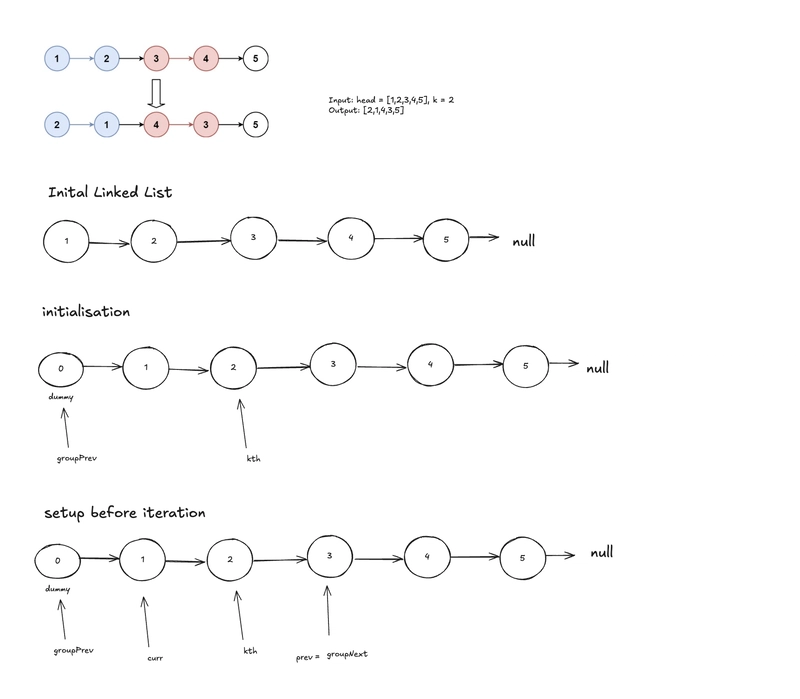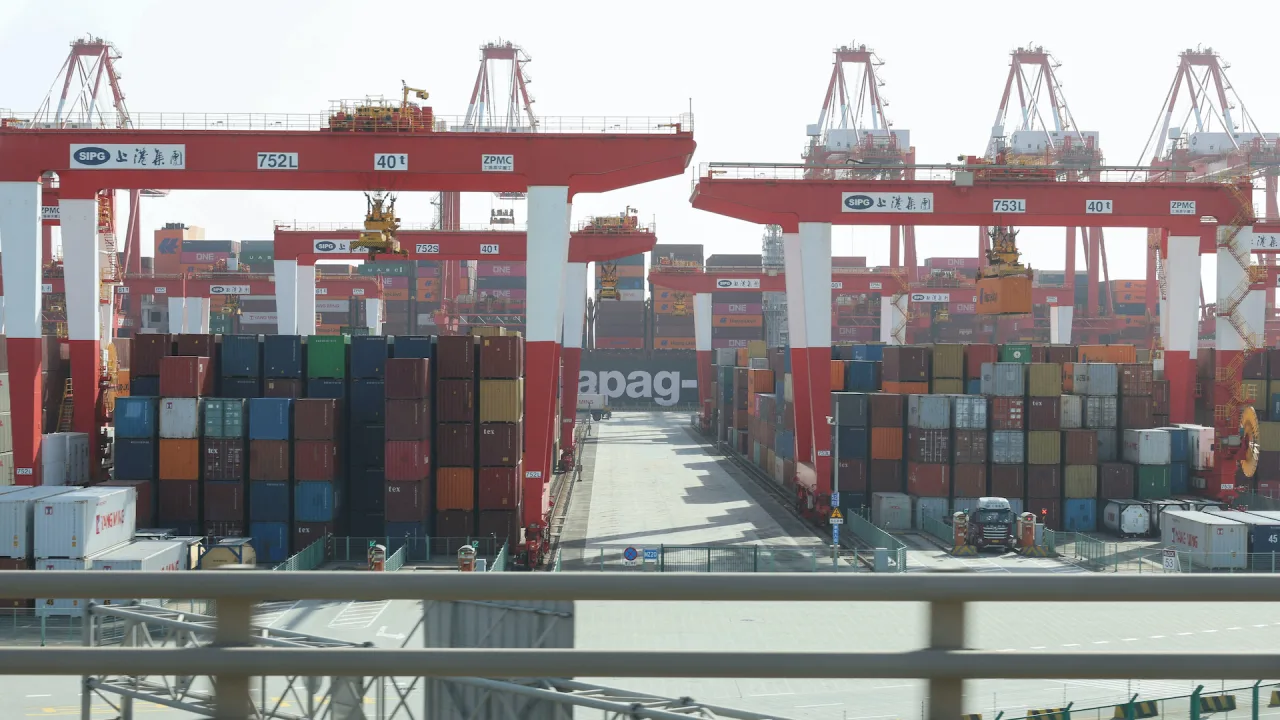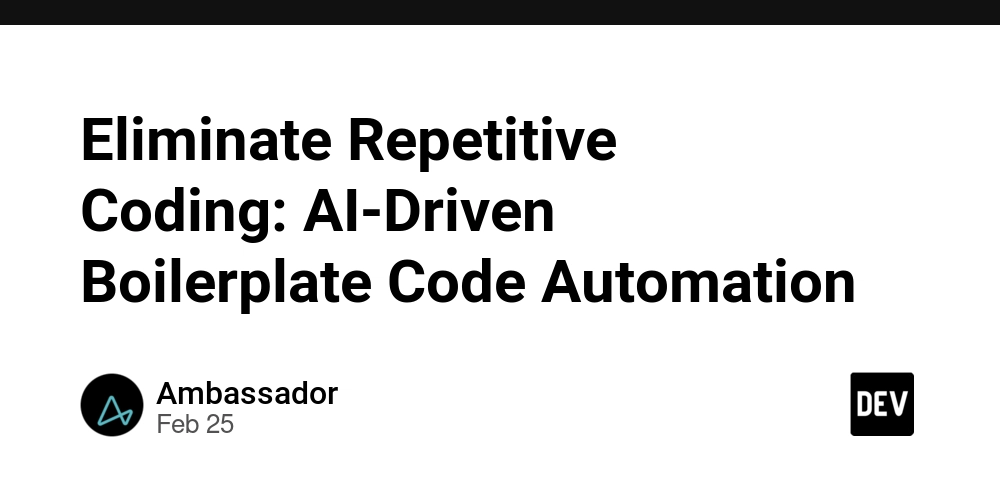Optimizing High-Performance Computing: Expert Testing for Multithreaded and Distributed Systems
The high-performance computing (HPC) industry is at the forefront of technological advancement, powering everything from scientific research to large-scale enterprise applications. In an era where complex, multithreaded, and distributed systems drive critical operations, ensuring stability, efficiency, and scalability has become a cornerstone of system architecture. As these environments grow in complexity, robust testing, validation, and optimization practices play a crucial role in maintaining seamless functionality, reducing failures, and improving performance across large computing infrastructures. Among the professionals driving advancements in this space is Soujanya Annapareddy, a specialist with a strong track record in high-performance computing, testing, and system optimization. Her work has spanned various domains, from firmware validation to large-scale automation frameworks, significantly enhancing the efficiency and reliability of multithreaded and distributed systems. “Testing is no longer just about identifying defects; it’s about creating a resilient and scalable system architecture,” she explains, underscoring the importance of integrating automation, structured debugging, and real-time monitoring into modern computing environments. Her contributions have led to key developments such as reducing system downtime through automated health checks, accelerating firmware testing cycles, and designing scalable test environments that handle large workloads efficiently. Her independent research and hands-on experience have positioned her as a key figure in optimizing system performance and testing methodologies in high-performance computing. The implementation of automation frameworks has expanded test coverage by 60%, while real-time monitoring has led to a 60% faster defect resolution rate. Additionally, her optimizations have contributed to a 40% improvement in system stability and a 35% reduction in operational costs. Through strategic testing infrastructure design, she has facilitated seamless hardware-software integration, enabling computing environments to scale efficiently while maintaining reliability. Her research, including a paper on “Testing and Debugging Strategies in Multi-Component Software Ecosystems,” has provided valuable insights into structured debugging, system-wide validation, and dependency management in complex environments. Soujanya’s contributions extend beyond immediate efficiency gains. By leading initiatives to integrate structured version control and CI/CD pipelines, she has played a role in shaping industry best practices, ensuring that system testing remains agile and adaptable to future technological shifts. “The next phase of testing will be end-to-end automation,” she predicts, emphasizing the need for structured validation frameworks that encompass everything from firmware to distributed applications. Her expertise in system-wide integration and optimization strategies has helped organizations implement forward-thinking methodologies that drive both performance and resilience in computing environments. Her work has also addressed some of the most pressing challenges in HPC testing, including debugging in multi-component systems, optimizing scalability in large-scale infrastructures, and improving system stability under high workloads. Developing automated log analysis tools and dependency tracking mechanisms has significantly enhanced failure detection and root cause analysis, reducing system downtime and improving operational efficiency. By designing modular testing frameworks capable of parallel execution, she has contributed to increased test coverage of 60% and a reduction in testing execution time. As HPC continues to evolve, the role of automation and machine learning in testing will become increasingly significant. “Future testing methodologies will rely heavily on predictive analytics and AI-driven monitoring,” Soujanya notes, emphasizing the need for proactive issue resolution and self-healing systems. She believes that organizations should invest in scalable test environments, prioritize structured debugging techniques, and implement system-wide integration testing to ensure long-term stability and efficiency. Her work serves as a foundation for future advancements in HPC testing, ensuring that computing infrastructures remain robust, adaptable, and capable of handling the ever-growing demands of modern applications. With the growing demand for continuous integration, dependency control, and real-time performance tracking, her contributions highlight the importance of adopting cutting-edge testing methodologies to ensure seamless and efficient computing environments. While challenges in scalability, debugging, and software integration persist, Soujanya’s work stands as a testament to the necessity of proactive testing strategies in driving innovation and reliability within the high-performance computing industry.

The high-performance computing (HPC) industry is at the forefront of technological advancement, powering everything from scientific research to large-scale enterprise applications. In an era where complex, multithreaded, and distributed systems drive critical operations, ensuring stability, efficiency, and scalability has become a cornerstone of system architecture. As these environments grow in complexity, robust testing, validation, and optimization practices play a crucial role in maintaining seamless functionality, reducing failures, and improving performance across large computing infrastructures.
Among the professionals driving advancements in this space is Soujanya Annapareddy, a specialist with a strong track record in high-performance computing, testing, and system optimization. Her work has spanned various domains, from firmware validation to large-scale automation frameworks, significantly enhancing the efficiency and reliability of multithreaded and distributed systems.
“Testing is no longer just about identifying defects; it’s about creating a resilient and scalable system architecture,” she explains, underscoring the importance of integrating automation, structured debugging, and real-time monitoring into modern computing environments.
Her contributions have led to key developments such as reducing system downtime through automated health checks, accelerating firmware testing cycles, and designing scalable test environments that handle large workloads efficiently. Her independent research and hands-on experience have positioned her as a key figure in optimizing system performance and testing methodologies in high-performance computing.
The implementation of automation frameworks has expanded test coverage by 60%, while real-time monitoring has led to a 60% faster defect resolution rate. Additionally, her optimizations have contributed to a 40% improvement in system stability and a 35% reduction in operational costs.
Through strategic testing infrastructure design, she has facilitated seamless hardware-software integration, enabling computing environments to scale efficiently while maintaining reliability. Her research, including a paper on “Testing and Debugging Strategies in Multi-Component Software Ecosystems,” has provided valuable insights into structured debugging, system-wide validation, and dependency management in complex environments.
Soujanya’s contributions extend beyond immediate efficiency gains. By leading initiatives to integrate structured version control and CI/CD pipelines, she has played a role in shaping industry best practices, ensuring that system testing remains agile and adaptable to future technological shifts.
“The next phase of testing will be end-to-end automation,” she predicts, emphasizing the need for structured validation frameworks that encompass everything from firmware to distributed applications. Her expertise in system-wide integration and optimization strategies has helped organizations implement forward-thinking methodologies that drive both performance and resilience in computing environments.
Her work has also addressed some of the most pressing challenges in HPC testing, including debugging in multi-component systems, optimizing scalability in large-scale infrastructures, and improving system stability under high workloads. Developing automated log analysis tools and dependency tracking mechanisms has significantly enhanced failure detection and root cause analysis, reducing system downtime and improving operational efficiency. By designing modular testing frameworks capable of parallel execution, she has contributed to increased test coverage of 60% and a reduction in testing execution time.
As HPC continues to evolve, the role of automation and machine learning in testing will become increasingly significant. “Future testing methodologies will rely heavily on predictive analytics and AI-driven monitoring,” Soujanya notes, emphasizing the need for proactive issue resolution and self-healing systems.
She believes that organizations should invest in scalable test environments, prioritize structured debugging techniques, and implement system-wide integration testing to ensure long-term stability and efficiency. Her work serves as a foundation for future advancements in HPC testing, ensuring that computing infrastructures remain robust, adaptable, and capable of handling the ever-growing demands of modern applications.
With the growing demand for continuous integration, dependency control, and real-time performance tracking, her contributions highlight the importance of adopting cutting-edge testing methodologies to ensure seamless and efficient computing environments. While challenges in scalability, debugging, and software integration persist, Soujanya’s work stands as a testament to the necessity of proactive testing strategies in driving innovation and reliability within the high-performance computing industry.






































































































































































![[The AI Show Episode 143]: ChatGPT Revenue Surge, New AGI Timelines, Amazon’s AI Agent, Claude for Education, Model Context Protocol & LLMs Pass the Turing Test](https://www.marketingaiinstitute.com/hubfs/ep%20143%20cover.png)


































































































































![From drop-out to software architect with Jason Lengstorf [Podcast #167]](https://cdn.hashnode.com/res/hashnode/image/upload/v1743796461357/f3d19cd7-e6f5-4d7c-8bfc-eb974bc8da68.png?#)










































































































.jpg?#)




























_ArtemisDiana_Alamy.jpg?#)



 (1).webp?#)
























































































![Yes, the Gemini icon is now bigger and brighter on Android [U]](https://i0.wp.com/9to5google.com/wp-content/uploads/sites/4/2025/02/Gemini-on-Galaxy-S25.jpg?resize=1200%2C628&quality=82&strip=all&ssl=1)










![Apple Vision Pro 2 Allegedly in Production Ahead of 2025 Launch [Rumor]](https://www.iclarified.com/images/news/96965/96965/96965-640.jpg)


![New iOS 19 Leak Allegedly Reveals Updated Icons, Floating Tab Bar, More [Video]](https://www.iclarified.com/images/news/96958/96958/96958-640.jpg)


































































































































